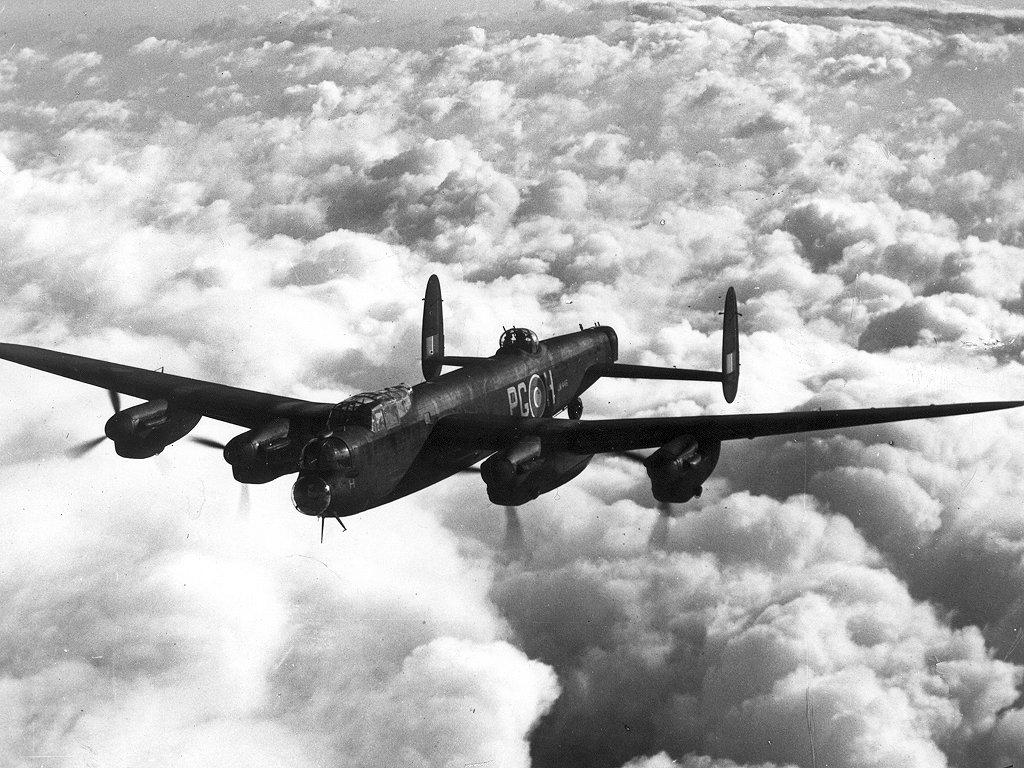As a tail gunner for the No. 115 Squadron, Nicholas Alkemade became known as a survivor from one of the attacks of the Junkers Ju 88 fighters. As the aircraft he boarded became quickly engulfed in flames, Alkemade took the risk of jumping without a parachute.
With the cushion provided by the young pine trees and the 18-inch snow he landed on, Nicholas Alkemade survived the 18,000 feet drop with cuts and bruises.
Nicholas Alkemade and the Werewolf
Born in North Walsham, Norfolk, on December 10, 1922, as Nicholas Stephen Alkemade, he became internationally known as the man who survived a fatal drop of 18,000 feet without a parachute.
Before the war emerged, Alkemade supported himself as a market gardener in Loughborough, England. During the war, he trained to become an air gunner, and soon, he took on the role of a rear gunner on the Avro Lancasters of the No. 115 Squadron.
Assigned to raid Berlin after 14 operations, Alkemade and his crew traveled to Germany from Witchford, Cambridge, on the DS664, a Lancaster MK II named Werewolf. Although the travel proved to be a smooth flight on March 23 to 24, 1944, events took a turn for the worst during their return. (Source: Royal Air Force Museum)
Alkemade’s Tragedy-Induced Fall
During their return with other Royal Air Force bombers after they attacked Berlin, Junkers Ju 88 fighters of the Luftwaffe launched an attack as the Werewolf flew over the Ruhr area. Hit with machine guns and canons of the Junkers Ju 88’s aircraft, the Werewolf’s fuselage and starboard wing caught fire.
As the Werewolf lost control while hurrying to land, pilot FS James Arthur Newman commanded the crew to parachute. Things initially didn’t quite go well for Alkemade, who had no space available in the rear turret, and opted not to wear the parachute gear. Stored in the rear fuselage’s canister, Alkemade felt appalled as he saw his parachute already lit in flames, along with everything in the rear fuselage.
I had the choice of staying with the aircraft or jumping out. If I stayed, I would be burned to death – my clothes were already well alight and my face and hands burnt… I decided to jump and end it all as quick and clean as I could. I rotated the turret to starboard, and, not even bothering to take off my helmet and intercom, did a backflip out into the night.
Nicholas Alkemade
From there, Alkemade fell head-first with a speed of 120 miles per hour. During his fall, he fainted moments after the Werewolf burst apart. (Source: Royal Air Force Museum)
His Survival and the Subsequent Journey
Hours later, Alkemade awoke on a snow-covered ground with pine trees surrounding him. He was surprised as he found himself with only added bruises and a twisted knee to the burns and cuts acquired before he jumped from the aircraft. With no bones broken or fractured, he felt relieved, throwing his parachute harness among the snow.
With the 18-inch deep snow and the cushion provided by the pine trees, he thankfully survived. He blew his distress whistle to call for aid, and after the Meschede hospital tended him, the Gestapo welcomed him with an interrogation.
Because of the heavily shocking events he experienced, the Gestapo thought Alkemade was a spy. After a launched investigation to confirm his account, he received a commemorative certificate that entailed his unbelievable story. (Source: Royal Air Force Museum)
